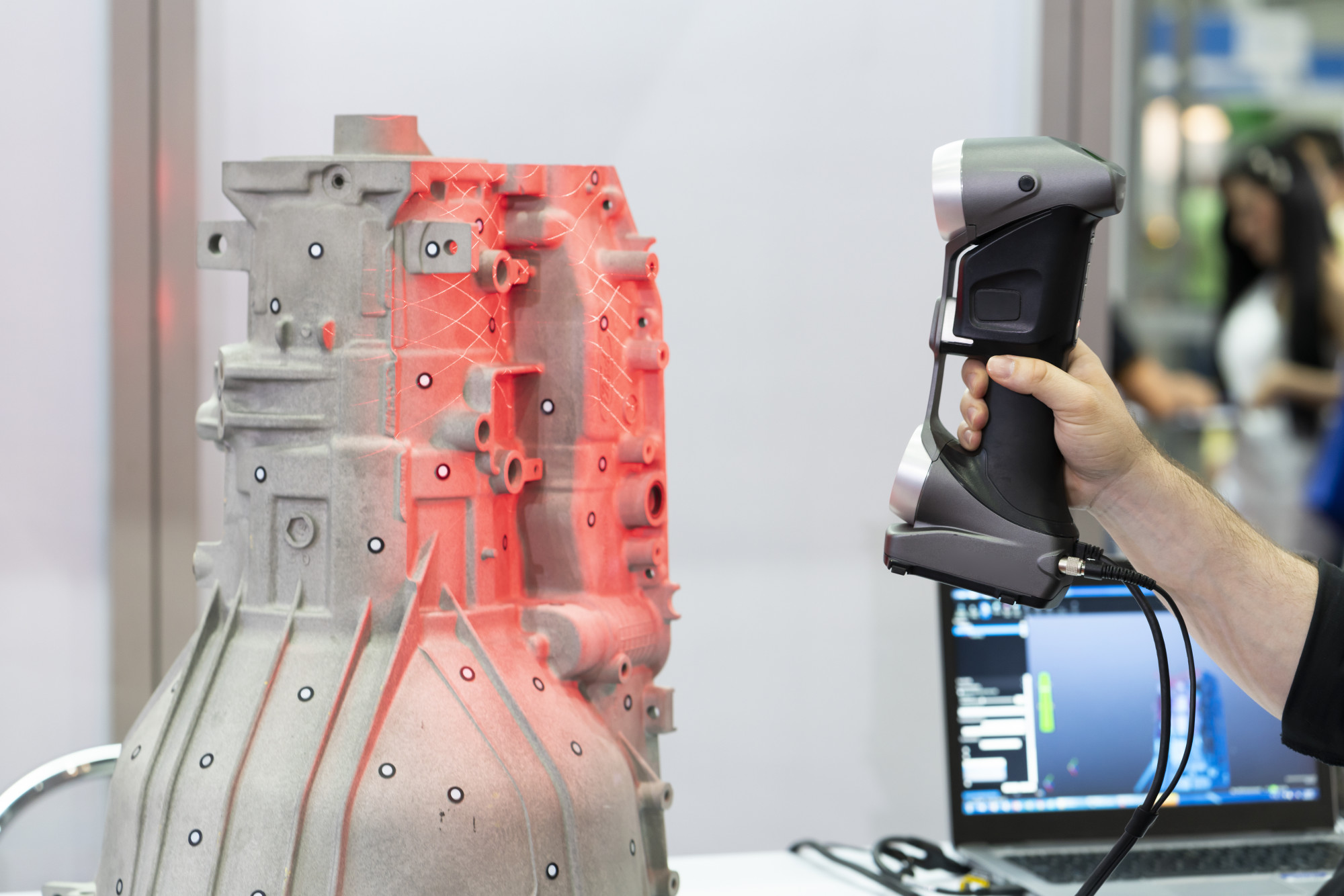
Your company might have recognized the potential of 3D scanning and printing, but where do you start with this technology? Choosing a 3D scanner isn’t something you should do as an afterthought.
A faulty or inefficient model can lead to bigger problems down the road. If you don’t think your current scanner is going to cut it, then it’s time to find a new 3D scanner. This will help help your company succeed in 3D printing and scanning every project.
Here are a few tips for finding the best 3D scanner for your needs.
Assessing Your Budget
When looking for a 3D scanner for sale, it is important to consider the various models available. Do research to determine the most reliable and cost-effective model for the job. Buying a scanner is the best you can afford, as the cheapest 3D scanners might not be up to par with your desired outcome.
Alternatively, look into renting or leasing if your project requires more expensive models. Additionally, make sure to auto-calibrate your 3D scanner before each scan to make sure it is accurate.
Comparing Resolution, Accuracy, and Speed
This can be done by noting the accuracy of the scan in microns, the speed of the scan in hertz, and the resolution of the scanner in megapixels. A higher accuracy and faster speed are desirable features when choosing a 3D new scanner to create accurate models quickly.
Additionally, consider the range of the 3D scanner. Some models may have a limited scanning distance while others may have a wide range of scanning possibilities. Finally, consider the portability of the scanner and if it can be used in different locations or only in a stationary position.
Considering Portability, Size, and Weight
When considering portability, look for scanners with adjustable handles, adjustable lightweight stands, and those that are small enough to fit in a bag or suitcase for easy transportation. Smaller scanners are typically more portable, and larger scanners provide better-quality scans. So knowing the scanning environment and what type of items need to be scanned is important.
Lastly, weight should be taken into consideration. Heavier scanners are often bulkier and not as comfortable to transport. So if portability and convenience are important factors, make sure to look for lightweight models.
Reviewing Software Compatibility Requirements
Make sure to look for open-source solutions and review your licensing agreements for proprietary software. Open-source solutions are often more cost-effective and offer flexibility in terms of customization and scalability.
However, if a closed-source solution is best for your needs, make sure to review the software compatibility requirements carefully. The software may require the ability to capture a wide range of file formats. Features such as object recognition, or specific hardware requirements to function accurately and reliably.
Exploring Maintenance and Service Plans
Investigate both the available maintenance and servicing plans to better understand the level of service and commitment you can expect from the manufacturer and their team of professionals. Make sure the plan covers the most common issues and ask in advance about turnaround time and any related fees.
In addition, ask what type of scanner support is available and look into any customer service ratings or reviews that may be available. Finally, consider the expected usage of the scanner and any desired features. Such as additional accessories or warranties, when making a final decision.
Overview of 3D Scanner Technology
3D scanners provide an efficient and effective way to digitally capture and reproduce shapes in 3D. When selecting a 3D scanner for your needs, consider factors such as accuracy, capability, cost, and ease of use.
Research your scanner options to find the best available and most cost-effective scanner. Invest in a 3D scanner to reach a whole new level of efficiency and accuracy and see the difference it can make to your business operations.
For more information on how to best make use of these 3D scanners, check out our blog!


